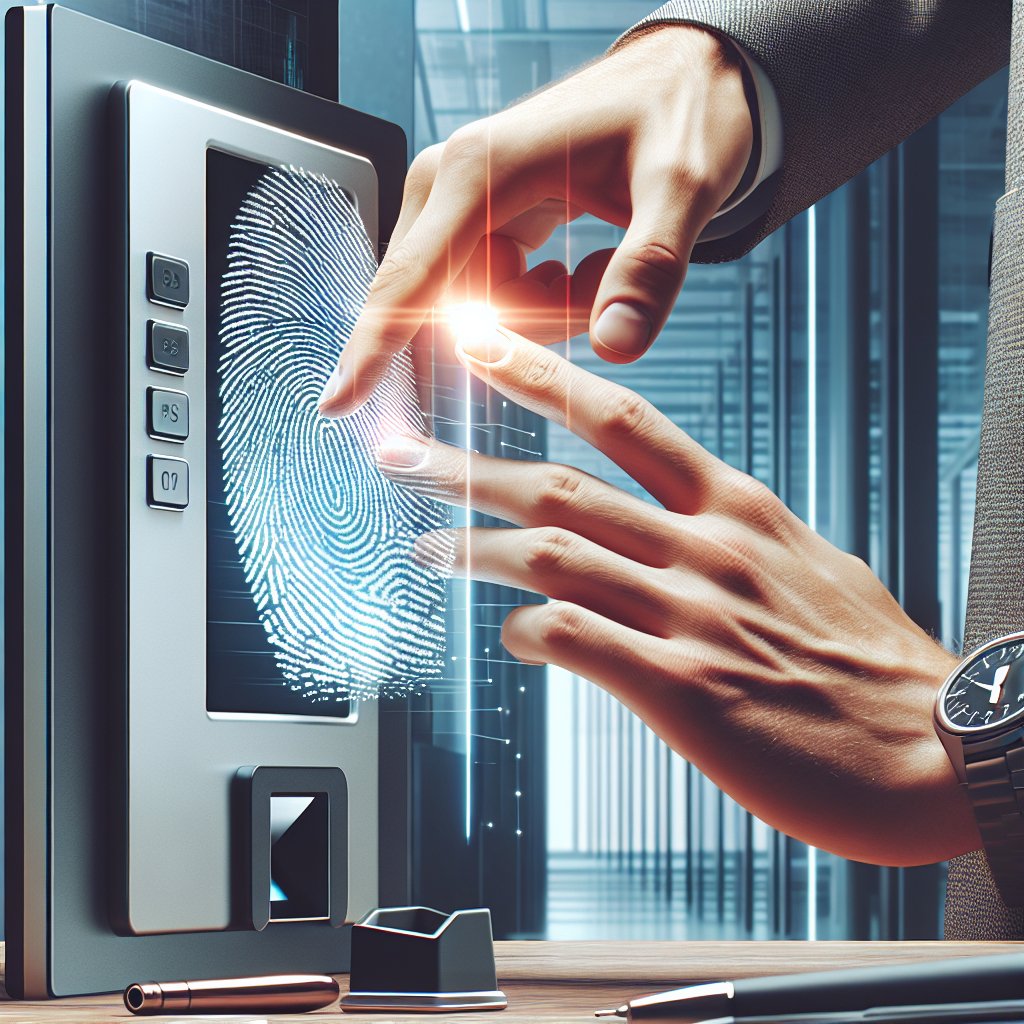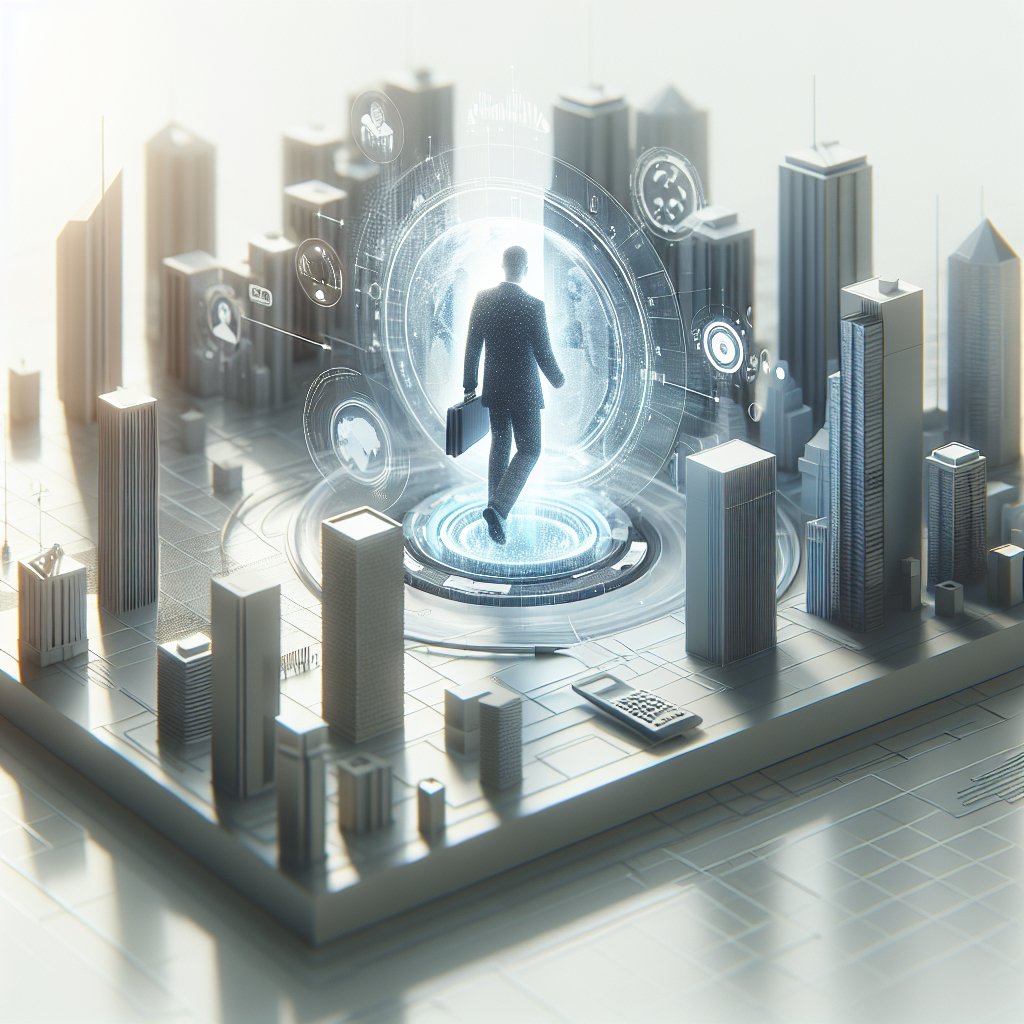The role of biometrics in enhancing business security has become increasingly significant as organizations seek to protect sensitive data and assets from unauthorized access. With the rise of cyber threats and the need for robust security measures, biometric technology offers a reliable solution that combines convenience with high levels of security. This article explores the various aspects of biometric systems, their applications in business security, and the challenges and considerations that organizations must address when implementing these technologies.
Understanding Biometrics
Biometrics refers to the measurement and statistical analysis of people’s unique physical and behavioral characteristics. These characteristics can include fingerprints, facial recognition, iris patterns, voice recognition, and even behavioral traits such as typing rhythm. The primary advantage of biometric systems is their ability to provide a secure method of identification and authentication that is difficult to forge or replicate.
Types of Biometric Systems
There are several types of biometric systems that businesses can implement to enhance security. Each type has its own strengths and weaknesses, making it essential for organizations to choose the right system based on their specific needs.
- Fingerprint Recognition: This is one of the most widely used biometric methods. Fingerprint scanners capture the unique patterns of ridges and valleys on an individual’s fingertips. They are relatively inexpensive and easy to use, making them suitable for various applications, from access control to time and attendance tracking.
- Facial Recognition: This technology analyzes facial features and compares them to a database of known faces. It is increasingly used in security systems, surveillance cameras, and even mobile devices. While facial recognition offers a non-intrusive way to identify individuals, it can raise privacy concerns and may be less effective in poor lighting conditions.
- Iris Recognition: Iris recognition systems capture the unique patterns in the colored part of the eye. This method is highly accurate and can be used in high-security environments, such as government facilities and data centers. However, it requires specialized equipment, which can be costly.
- Voice Recognition: Voice recognition technology analyzes the unique characteristics of an individual’s voice, including pitch, tone, and cadence. It is often used in customer service applications and phone-based authentication systems. However, it can be susceptible to background noise and voice imitation.
- Behavioral Biometrics: This emerging field focuses on analyzing patterns in user behavior, such as typing speed, mouse movements, and even walking patterns. Behavioral biometrics can provide an additional layer of security by continuously monitoring user behavior and detecting anomalies.
Applications of Biometrics in Business Security
Biometric systems have a wide range of applications in business security, helping organizations protect their assets, data, and personnel. Here are some key areas where biometrics can be effectively utilized:
Access Control
One of the most common applications of biometric technology is access control. Organizations can use biometric systems to restrict access to sensitive areas, such as server rooms, laboratories, and executive offices. By requiring biometric authentication, businesses can ensure that only authorized personnel can enter these areas, significantly reducing the risk of unauthorized access.
Time and Attendance Tracking
Biometric systems can streamline time and attendance tracking processes. Traditional methods, such as punch cards or manual sign-ins, are prone to errors and can be manipulated. Biometric solutions, such as fingerprint or facial recognition systems, provide a more accurate and secure way to track employee attendance, reducing time theft and ensuring compliance with labor regulations.
Data Protection
In an era where data breaches are becoming increasingly common, protecting sensitive information is paramount. Biometric authentication can enhance data security by ensuring that only authorized users can access critical systems and information. For example, financial institutions can use biometric systems to secure online banking platforms, while healthcare organizations can protect patient records with biometric authentication.
Customer Verification
Biometric technology can also be used for customer verification in various industries. For instance, retail businesses can implement facial recognition systems to identify loyal customers and offer personalized services. Similarly, banks can use biometric authentication to verify customer identities during transactions, reducing the risk of fraud.
Remote Work Security
As remote work becomes more prevalent, securing remote access to company systems is crucial. Biometric authentication can provide a secure method for employees to access corporate networks and applications from remote locations. By requiring biometric verification, organizations can ensure that only authorized users can access sensitive data, even when working from home or other remote locations.
Challenges and Considerations
While biometric systems offer numerous benefits, organizations must also consider the challenges and potential drawbacks associated with their implementation. Here are some key factors to keep in mind:
Privacy Concerns
One of the most significant challenges associated with biometric technology is privacy. The collection and storage of biometric data raise concerns about how this information is used and protected. Organizations must ensure that they comply with data protection regulations and implement robust security measures to safeguard biometric data from unauthorized access or breaches.
Cost of Implementation
Implementing biometric systems can be costly, especially for small and medium-sized enterprises. The initial investment in hardware, software, and training can be significant. Organizations must carefully evaluate the return on investment (ROI) and consider whether the benefits of enhanced security outweigh the costs.
Technical Limitations
Biometric systems are not infallible. Factors such as environmental conditions, user variability, and equipment malfunctions can affect the accuracy and reliability of biometric authentication. Organizations must be prepared to address these technical limitations and have contingency plans in place to ensure continued security.
User Acceptance
For biometric systems to be effective, users must be willing to adopt and use them. Some individuals may be resistant to using biometric authentication due to privacy concerns or discomfort with the technology. Organizations should invest in user education and training to promote acceptance and understanding of biometric systems.
Conclusion
The role of biometrics in enhancing business security is undeniable. As organizations face increasing threats to their data and assets, biometric technology offers a reliable and effective solution for identification and authentication. By implementing biometric systems for access control, time tracking, data protection, and customer verification, businesses can significantly enhance their security posture. However, it is essential to address the challenges associated with biometric technology, including privacy concerns, implementation costs, technical limitations, and user acceptance. By carefully considering these factors, organizations can successfully leverage biometrics to create a safer and more secure business environment.



